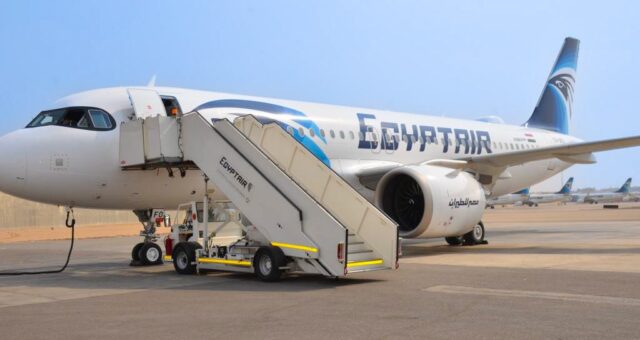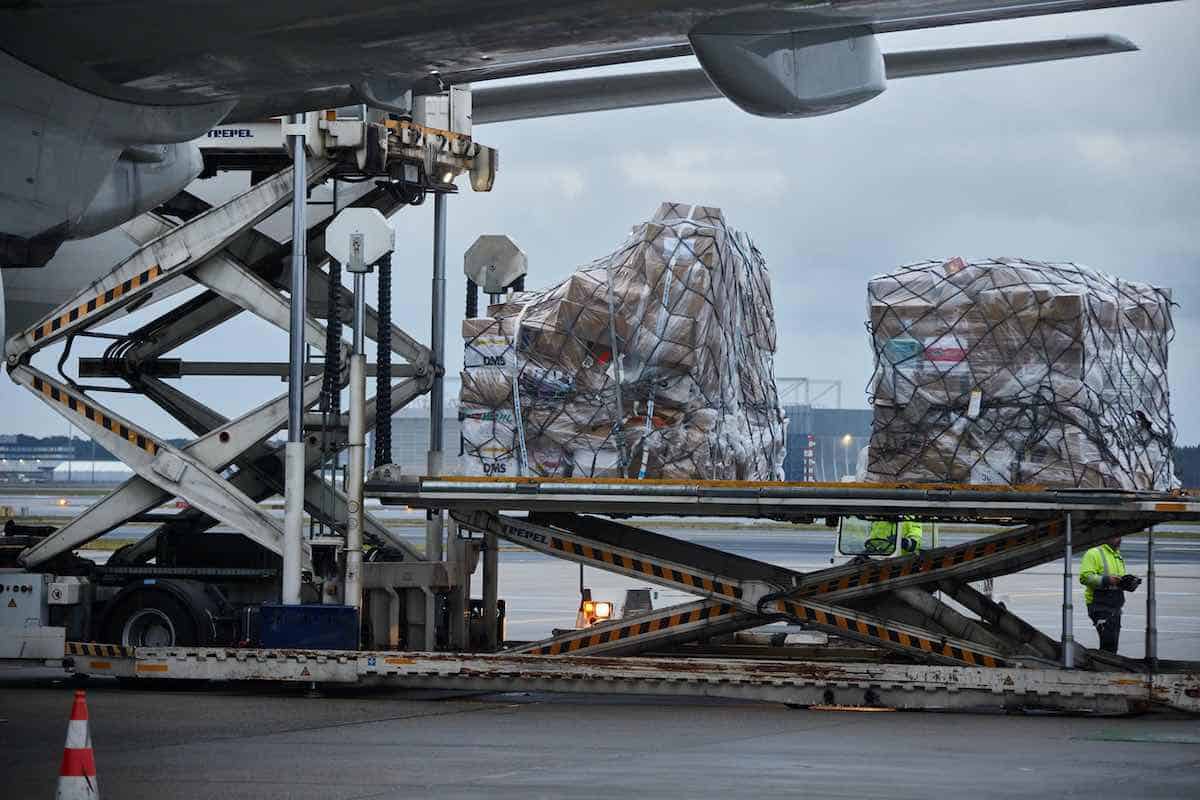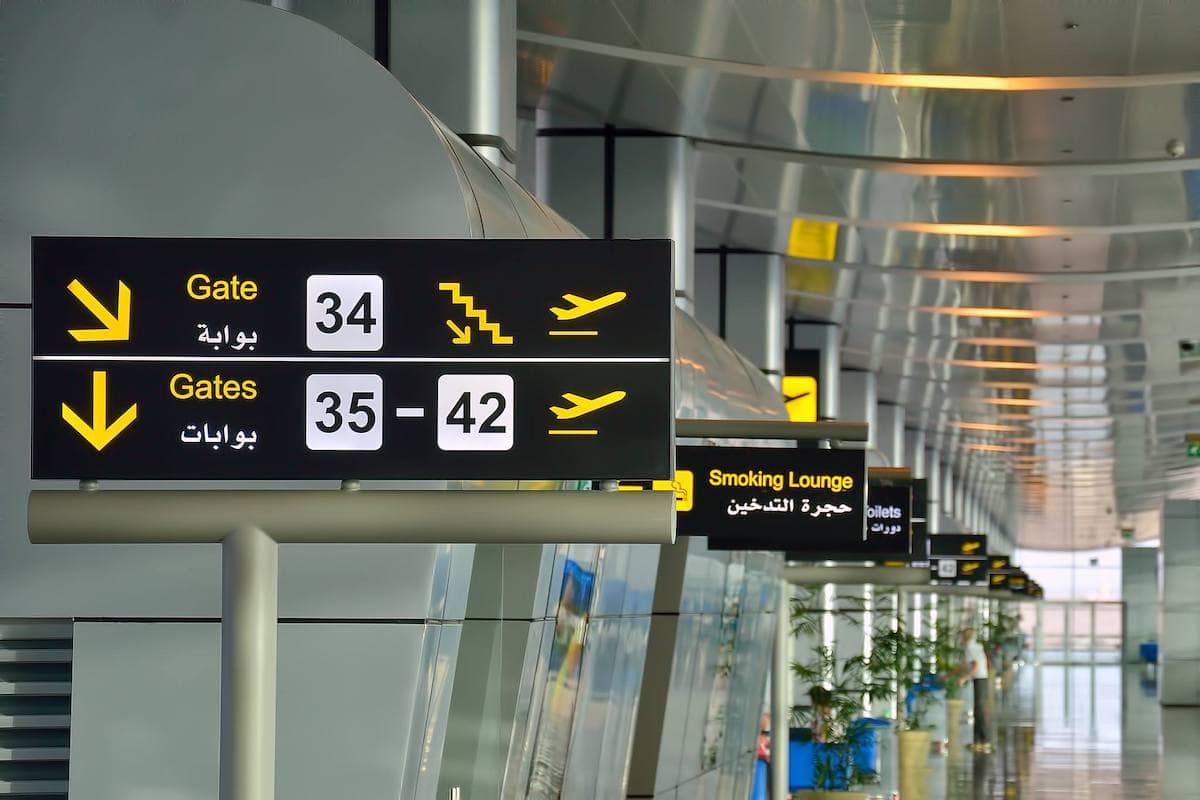Air Transport in Egypt: $21B GDP Impact, 1.4M Jobs & Growing Air Connectivity
Air Transport's Role in Egypt's Economy (IATA)

A study by IATA (based on 2023 figures) highlights the critical contribution of air transport to Egypt’s economic and social landscape.
Aviation’s Contribution to Egypt’s Economy
The aviation sector directly employs 56,100 people, generating USD 3.5 billion in economic output—equivalent to 0.9% of the nation’s GDP.
Broader economic benefits through supply chain activities, employee spending, and tourism collectively contribute USD 21.1 billion to GDP and sustain 1.4 million jobs.

Furthermore, IATA reports that tourism supported by aviation contributes USD 15.0 billion to the country’s GDP and employs 1.2 million people. International tourists to Egypt are estimated to contribute USD 15.3 billion annually to the economy through the purchase of goods and services from local businesses.
Key Role of Air Cargo in 2023
In 2023, Egypt’s air cargo volumes amounted to 338,600 tonnes, supporting the country’s trade flows. According to Airports Council International (ACI) and the World Bank, Egypt ranked as the 39th largest air cargo market and 61st largest trade market globally.
Passenger Trends: International Departures Dominate
Passenger traffic remains a key driver, with international departures accounting for 86% of origin-destination traffic in 2023, equating to 17.2 million passengers.
The Middle East (8.5M, 49% of the total) was Egypt’s largest international passenger market, followed by Europe (6.7M, 39% of the total) and Asia Pacific (713.3K, 4% of the total).
Egypt’s Top Travel Destinations
Popular destinations included cities like Jeddah (2.05M pax, 11.9%), Riyadh (1.25M, 7.3%), Kuwait (940K, 5.4%), Dubai (610K, 3.5%), and Milan (490K, 2.9%), as reported by IATA DDS, 2023.

Flight and Airport Statistics
IATA outlines that Egypt’s air connectivity has steadily improved, growing by 17% within Africa and 89% globally since 2014.
Currently, 14 airports handle scheduled flights, connecting to 72 countries via 191 international airports, with 328 daily outbound flights operated by 116 airlines.

Focus on Safety, Sustainability, and Cost-Efficiency
IATA’s Regional Vice-President for Africa and Middle East, Kamil Alawadhi, stated: “I was encouraged by the Minister of Civil Aviation’s reaffirmation of the government’s commitment to continued close collaboration with IATA...”
His remarks signal a joint effort to maximise Egypt’s aviation benefits, driven by global standards and best practices encompassing safety, sustainability, cost-efficiency, skills development, and more.
For Egypt to fully realise the potential highlighted in the study, IATA identifies three key priorities:
- A focus on cost-efficiency when strategically expanding airport infrastructure (such as Cairo International, Borg El Arab, and Sphinx International)
- A strong commitment to sustainability – developing Sustainable Aviation Fuel (SAF), with IATA expressing encouragement for Egypt’s collaboration with the European Bank for Reconstruction and Development to create the capacity to produce 120,000 tonnes annually. This initiative supports Egypt’s Vision 2030 and aligns with the global goal of achieving net-zero carbon emissions in aviation by 2050.
- Strategic investments in capacity-building across technical operations, digital transformation, and sustainable practices to foster a skilled and resilient aviation workforce.
Readers can reference the full IATA report for more context on Egypt’s evolving aviation landscape.